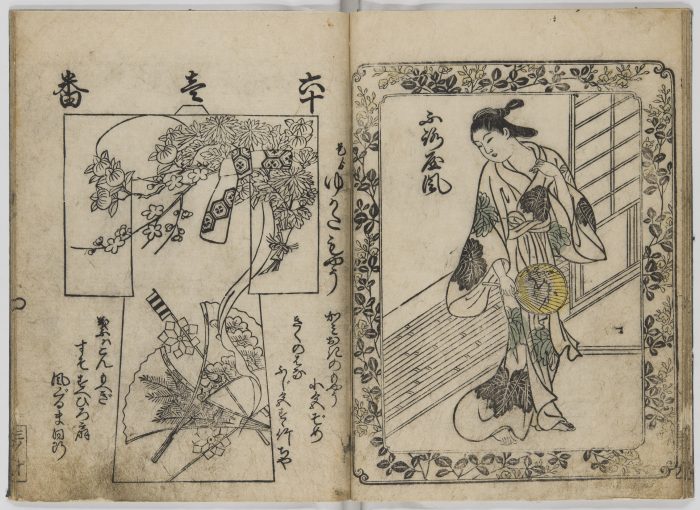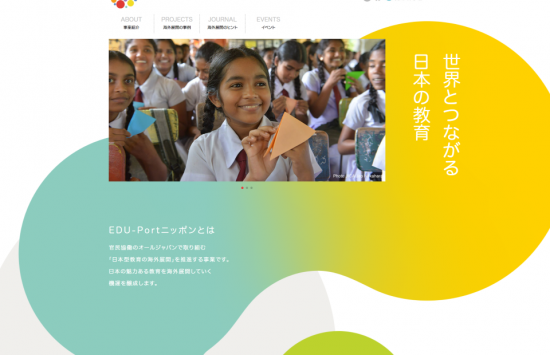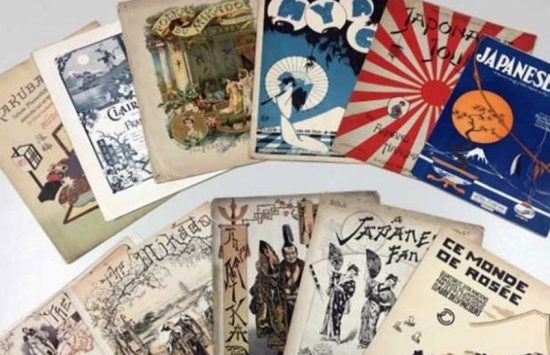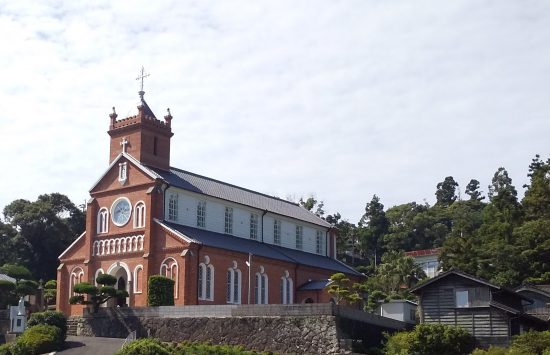RESEARCH
Pictures and Words to Do with Kosode: Visual Images as the Intersection of Culture and Information
What sort of kosode did people wear in the Edo period? Judging from kosode that have survived and from ukiyo-e, one can identify for kosode a variety of different periods: Colorful Kanbun kosode with bold patterns, extravagant Genroku kosode, Edo komon which look sober at first glance, but actually display evidence of fine craftsmanship. If we read the catalogues (hinagatabon) that were made for the purpose of selecting kosode and just for admiring them, we can pursue in considerable detail the sorts of artistry, color, and techniques that were popular in those periods.
Nichibunken’s unit “Visual Images as the Intersection of Culture and Information” (represented by Yamada Shōji) is presently pursuing research into illustrated encyclopedias, and building a database of early modern illustrated encyclopedias in order to explore the contribution of illustrated books to cultural exchange and cultural inheritance.※
The unit is presently preparing a printed, annotated edition of Shōtoku hinagata (1713), a mid-Edo period pattern book, one of several which feature pictures and text related to kosode.
This volume was designed and published by the Kyoto publisher, Hachimonji-ya. Its author was the incomparably popular, Nishikawa Sukenobu (1671-1750). The kosode pattern book contains 96 designs organized by class and profession. So, there are kosode defined as women of the imperial court-style, samurai-class women-style, merchant-style, high-class courtesans-style, prostitute-style, bathhouse-style, young men-style, yarō kabuki actors-style. A comprehensive listing of 189 crests (mon) and their names follows.
The catalogue suggests kosode that are suitable for the elite and kosode for townsfolk. The former, women of the imperial court-style, includes designs featuring extravagant techniques using gold thread and tie-dying, whereas in the latter merchant-style, yūzen dyes and bokashi dyes feature prominently. Kosode pattern books displaying the kosode in which people dressed themselves are like a mirror of their times; they are a vital source for thinking about early modern social structure, customs and techniques.

Shōtoku hinagata (Nichibunken archive).
Right: Bathhouse-style
Left: No.61 from here: yukata patterns; kamioki patterns; koiro dyes; chrysanthemums in light purple and soot bamboo brown; leaves in dark blue and yellowish green; suehiro fans; and windmills on the hem (as above)
In the unit’s final year, 2021, we plan to publish a monograph featuring a printed, annotated edition of Shōtoku hinagata along with a selection of related essays and articles. In 2020, the unit published two books that are the outcomes of our work on illustrated encyclopedias. They are an edited volume by Ishigami and Yamada styled Bunka jōhō no kessetsuten toshite no zuzō: E to kotoba de hirogaru kinsei kindai no bunkaken (Kōyō Shobō, 2020), and Ishigami’s monograph, Edo no kotoba e jiten: Kunmōzui no sekai (KADOKAWA, 2020). Please do take a look!
※ This unit is one of the multidisciplinary collaborative project “Development of a Field of Comprehensive Bibliographical Studies from an Interdisciplinary Perspective,” led by the National Institute of Japanese Literature.





